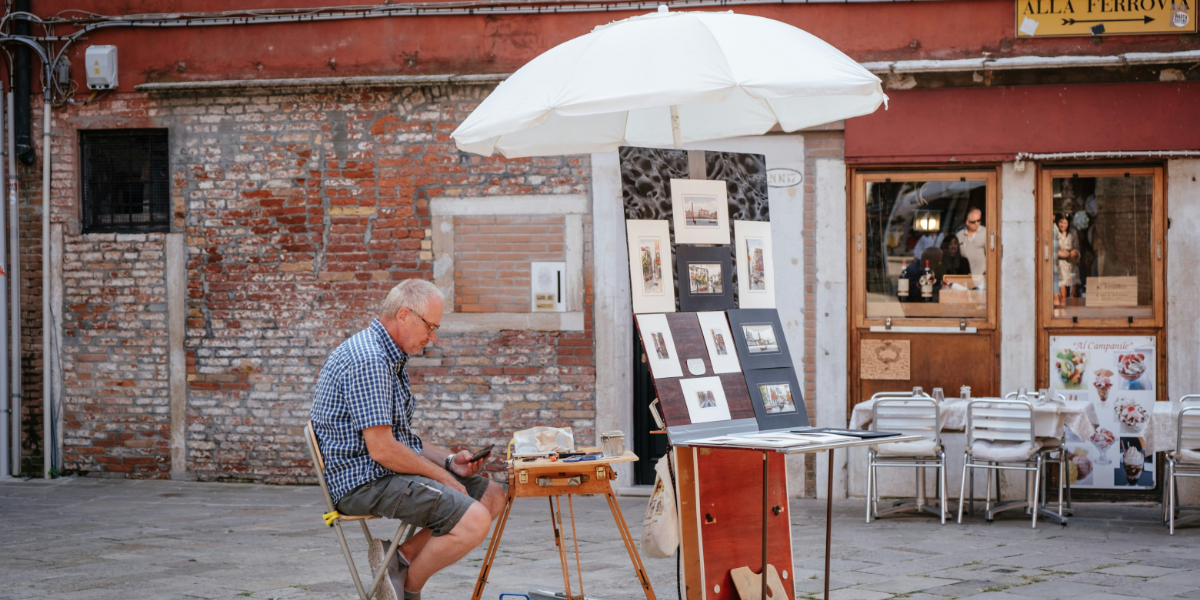Still life painting has long captivated art lovers with its ability to transform everyday objects into profound works of art. By capturing a bowl of fruit, a vase of flowers, or an assortment of household items, artists create visual stories that reveal the hidden beauty in ordinary things. Through skilled use of light and shadow, textures are heightened, colors deepen, and the simplest objects become subjects of admiration.
Yet, beyond their aesthetic appeal, still life paintings often carry deeper meanings. A wilting flower, for instance, might represent the fleeting nature of life, while a half-eaten meal could hint at the passage of time. These everyday objects, seemingly simple, are transformed by the artist into symbols of universal human experiences. The genre invites viewers to pause, reflect, and appreciate the quiet moments of existence.
A Rich History
Still life painting dates back to ancient civilizations, with early examples found in Egyptian tomb art and Roman mosaics. However, the genre truly blossomed during the Renaissance, when it became an independent artistic discipline. In the 16th and 17th centuries, Dutch and Flemish artists like Willem Claesz Heda and Pieter Claesz mastered the art form, infusing their compositions with intricate symbolism. They often used objects to comment on themes like mortality, abundance, and the impermanence of life.
These artists typically arranged a variety of items to create compositions that were both visually appealing and layered with meaning. Common subjects included flowers, fruit, seafood, game, musical instruments, and household items. The choice of objects often reflected the artist’s personal interests or cultural influences, making each still life unique.
One of the most essential aspects of still life painting is the interplay between light and shadow. Artists meticulously study how light falls on different surfaces to create depth, atmosphere, and a sense of realism. This careful manipulation of light breathes life into the objects, making them seem almost tangible.
Symbolism and Hidden Meanings
While a still life may appear to be a simple arrangement of objects, a closer look often reveals a deeper narrative. Each item is carefully chosen to convey specific messages or themes. A rose in full bloom can represent beauty or the fleeting nature of life. A bowl overflowing with ripe fruit might symbolize abundance or the harvest season’s richness.
The symbolism often runs even deeper. A cracked mirror might reflect the fragility of vanity, while a skull could serve as a powerful reminder of mortality. Artists across centuries have used everyday objects as visual metaphors, weaving stories and cultural insights into their compositions. In this way, still life paintings become intricate puzzles, challenging us to look beyond the surface and uncover the meanings behind each detail.
Still Life in Modern Art
Still life painting remains a popular genre among contemporary artists who continue to explore its possibilities. Many experiment with new styles, materials, and themes, pushing the boundaries of tradition. Some artists incorporate modern elements like digital media or explore subjects relevant to today’s world, such as consumerism and identity. Despite these modern twists, the fundamental appeal of still life painting remains: the ability to find beauty in the ordinary and transform everyday objects into thought-provoking art.
In every era, still life paintings offer viewers a window into cultural values, lifestyles, and aesthetic preferences. From the lavish, symbol-laden compositions of the Dutch Golden Age to minimalist modern pieces, each still life reflects the world it was created in. Today, as artists continue to innovate within the genre, still life painting endures as a testament to the timeless beauty of the ordinary.
Published by: Khy Talara














